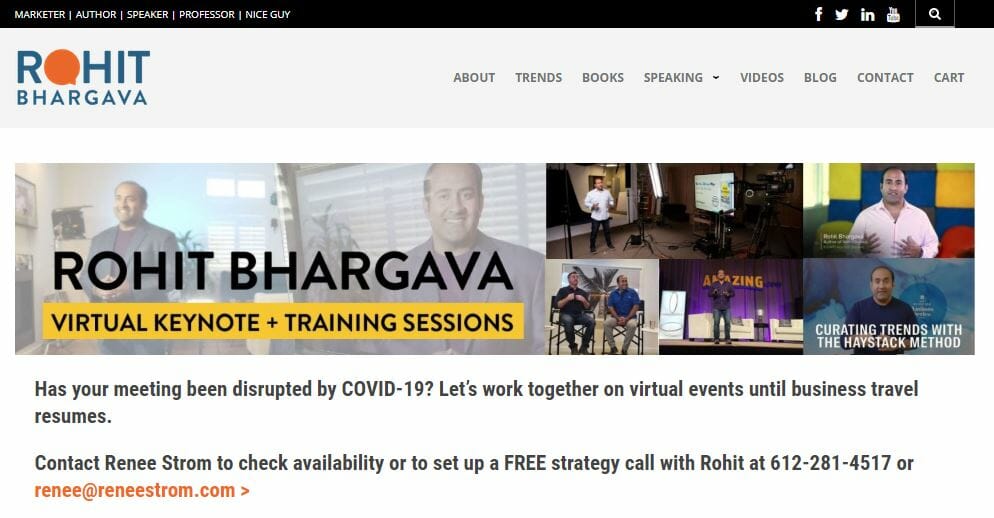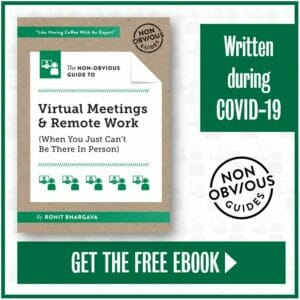http://feedproxy.google.com/~r/markgrow/~3/lXvry5NaEls/

A few years ago I wrote a post with a formula for creating great content that seemed to help a lot of people. Today you have no choice but to work in news ways on content that stands out!
It’s a formula I’ve used in my college classes for many years but I’ve had to update the model recently to adjust to our current marketing environment.
Fair warning, this post also contains commentary about my balls.
So here we go.
First, let’s review the original formula. It still works …
The RITE method for content that stands out
A proven method to consistently create effective content is “RITE.”
RITE is an acronym that stands for Relevant, Interesting, Timely, and Entertaining. If you create content that consistently hits at least three out of these four angles, you’ll be spinning content gold.
1. Relevant
What if you have multiple interests like books, pets, and cars? Can you create content about everything you’re interested in?
The answer is … kind of.
You don’t want to confuse people. If you started a video series about woodworking and then did a commentary on the history of poodles, your readers would think “What’s going on here? I came here for the woodworking tips!” You’re no longer relevant.
Now, that’s not to say you can’t bring your hobbies and interests into your content.
I’ve used inspirations from history, art, travel, literature and other areas of interest to enliven my blog posts, but the lessons are always relevant to my core topic.
Here’s a post I wrote after visiting a barbecue restaurant, for example.
I love barbecue, by the way. I’m probably eating some right now.
2. Interesting
The “I” in RITE is Interesting. Publishing your content isn’t a creative writing contest. It’s a war for attention.
Every single piece of content you produce must be interesting. If you can’t do that consistently, you’ll assuredly lose your audience to competitors who can hold their attention.
How do you stay consistently interesting?
When I create content that’s particularly provocative, somebody in the comment section will typically write “How did you know this was on my mind?” or, “How did you know we were just talking about this at work?”
I suppose the difference is, I don’t just think about things that interest me — I write about them and open a public discussion. This week on LinkedIn, somebody wrote, “you’re the only person out there with the balls to say this stuff.”
I don’t think I have unique cojones. And if I did, I would not tell you.
But it takes some guts to put yourself out there, especially when a view is incomplete or controversial, but that’s the key to remaining interesting, isn’t it?
You don’t need all the answers to be interesting. You simply have to ask the right questions.
3. Timely
Research shows that people love sharing ideas that are new — research, breakthroughs, data.
So incorporating something new and provocative into your content is a great way to light up an audience.
Here are opportunities to create content that stands out based on changes going on in your environment:
- WOW news — In every industry, there’s somebody producing a newsletter that curates the latest news (If there isn’t, go do that!). Read this news every day. If there’s a news item that makes you go “wow!” it’s probable that others are going “wow,” too. Open up your laptop at that moment and write a post about the implications of that news from your point of view. Publish that same day and your readers will love you.
- Comment on a commentary. Let’s say your passion is fire-fighting. If there’s an event that affects your industry like a budget cut, a new regulation, or a technological breakthrough, there are news stories already out there about it. Do a web search to find others commenting on the issue and then 1) summarize their points 2) provide a link to the original source with attribution, and 3) add your own perspective to the original view.
- Round-up post – If there’s a breakthrough in your area of sustainable interest, ask thought leaders to send you a paragraph, video clip, or soundbite of their views and present a round-up of opinions. You’ll be creating great content with the secondary benefit of quoting industry leaders who may share your post. Here’s an example from my own work.
4. Entertaining

The final factor in the original RITE formula is “Entertaining” … but perhaps it’s the most important aspect of content creation today.
Why do you share a piece of content? Because it’s entertaining in some way. Maybe the video, podcast, or blog post makes you laugh, inspires you, or amazes you.
Thinking in terms of “entertainment” may create a point of differentiation for you. Most people aren’t putting their content through the “entertainment” filter … they’re just reporting. Could you stand out from the crowd and become known because of your entertaining style?
This is a big challenge for the typical corporate content creator because most companies don’t sit around thinking, “how can we be more entertaining today?”
And yet … they should.
Content that stands out also needs this …
So that’s the RITE formula, I taught that idea in my classes for years until I realized that it’s not enough.
In this world of overwhelming information density — content shock — you can publish wonderful content that is relevant, interesting, timely, and entertaining and still not create content that stands out.
There is or thing more. You need to be:
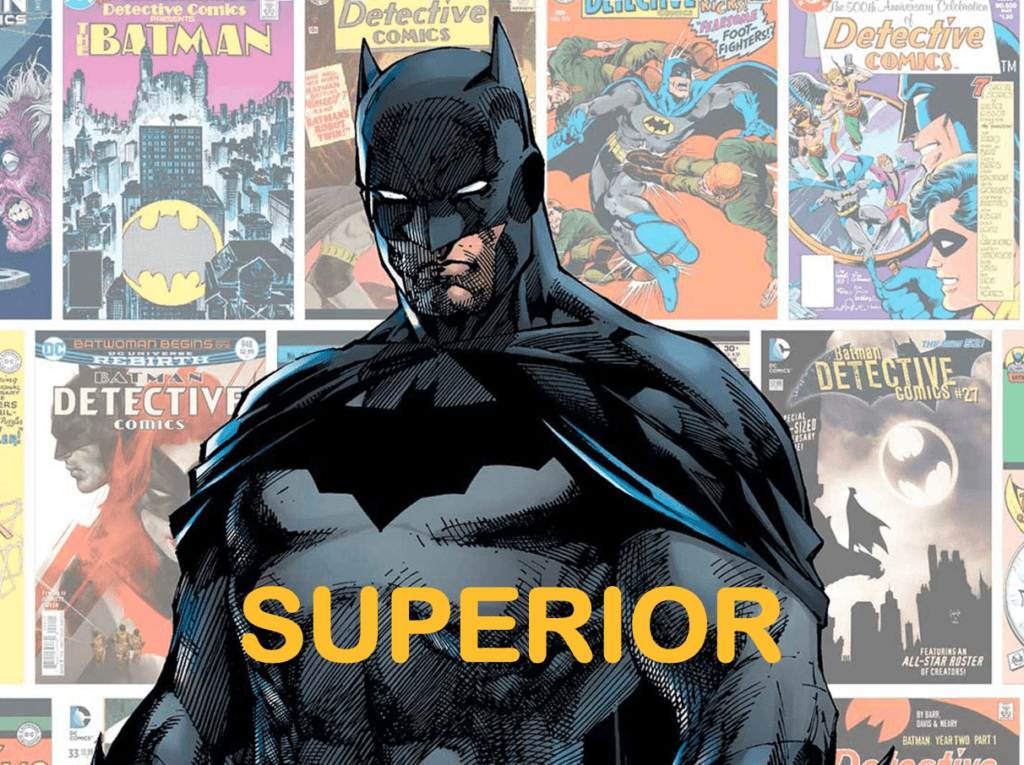
You may be wondering, “What does Batman have to do with this?”
The answer is nothing. I’ve loved Batman since I was six-years-old and it’s my blog so I can do anything I want. Batman has the cojones.
And when it comes to superheroes, he is SUPERIOR and you have to be SUPERIOR to the competition in the content space, too. And so I added an “S” — RITES.
Here’s the deal. Today, being great isn’t enough. You have to be the greatest in your niche because if you’re not, people will switch away. You would, too. Your readers will “switch the channel.”
This is an important idea. Your content approach needs to be evolving. You need to keep raising the bar to keep competitors at bay with content that is insanely great.
This is why some sort of continuous innovation process should be part of every content initiative, especially in highly competitive niches. Fight, fight, fight to stay at the top.
RITES. I swear by this method. if you use this filter with your content every week, you’ll be on a path to success.
Drop me a note in the content section and let me know if this was helpful.
![]() Mark Schaefer is the chief blogger for this site, executive director of Schaefer Marketing Solutions, and the author of several best-selling digital marketing books. He is an acclaimed keynote speaker, college educator, and business consultant. The Marketing Companion podcast is among the top business podcasts in the world. Contact Mark to have him speak to your company event or conference soon.
Mark Schaefer is the chief blogger for this site, executive director of Schaefer Marketing Solutions, and the author of several best-selling digital marketing books. He is an acclaimed keynote speaker, college educator, and business consultant. The Marketing Companion podcast is among the top business podcasts in the world. Contact Mark to have him speak to your company event or conference soon.
Illustration courtesy of Unsplash.com
The post An updated formula for creating content that stands out appeared first on Schaefer Marketing Solutions: We Help Businesses {grow}.
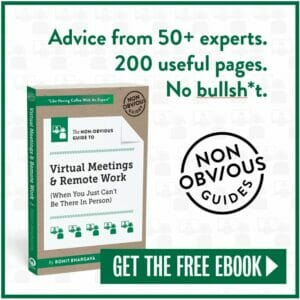

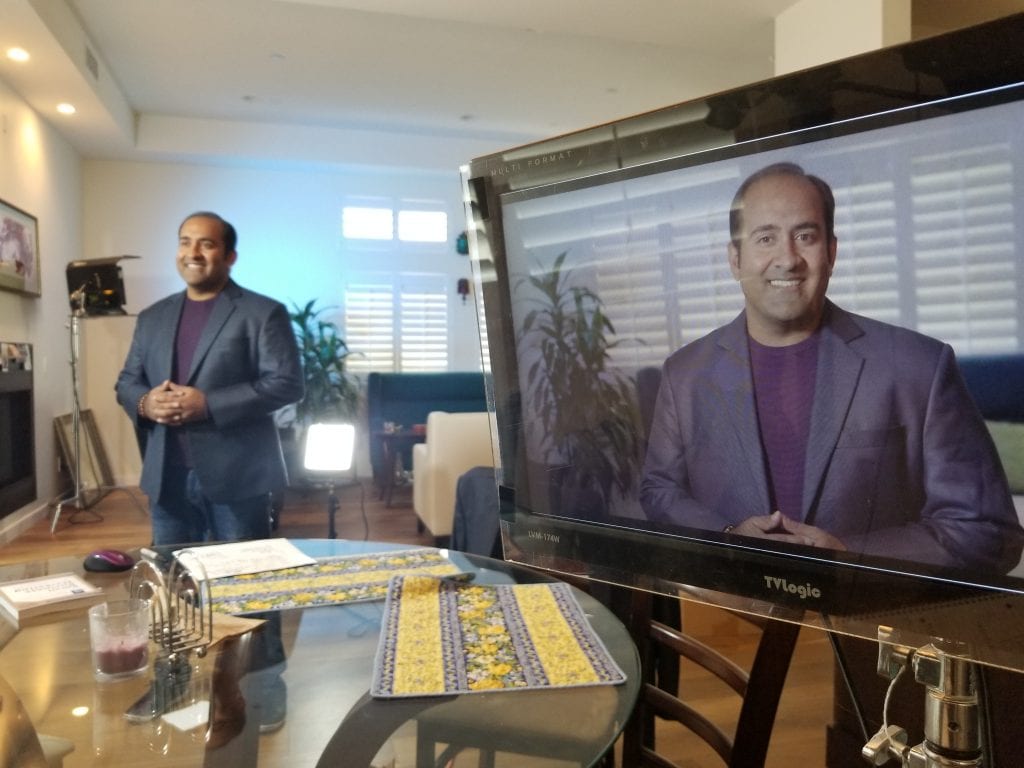
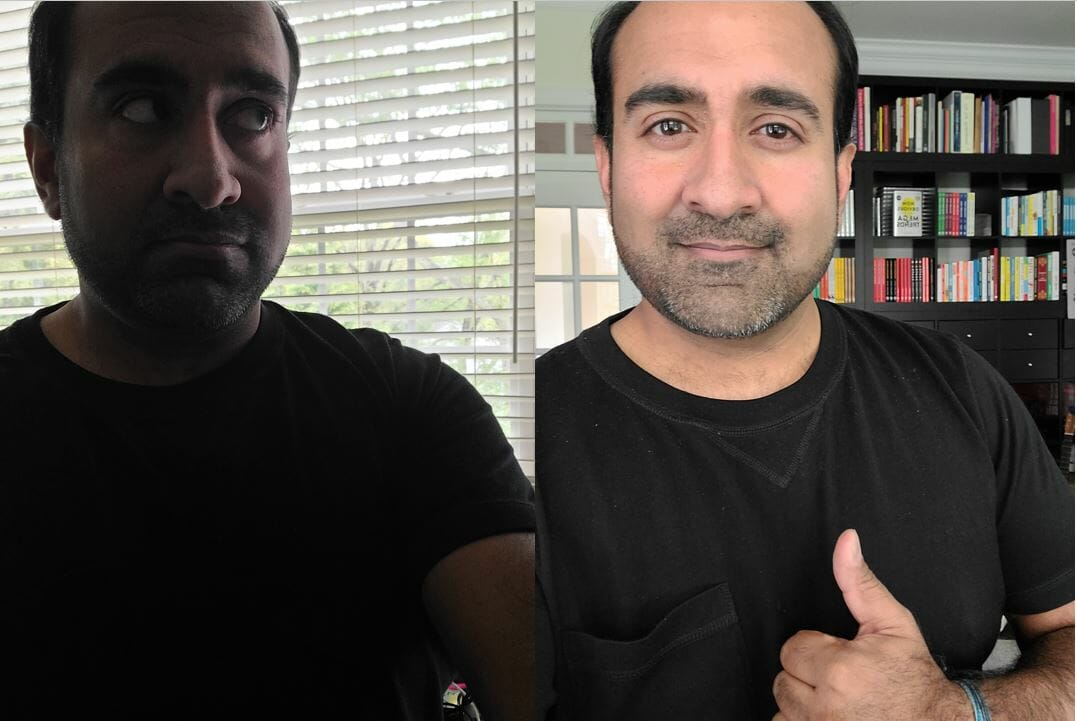

 One of the nicest things about presenting from my home office is that I can have all the tools I usually use right next to me. So while I used to share a picture of a stack of books that I read from the stage, now I can actually SHOW people the stack. Props are a great way to break up the monotony of a talk and bring your personality too.
One of the nicest things about presenting from my home office is that I can have all the tools I usually use right next to me. So while I used to share a picture of a stack of books that I read from the stage, now I can actually SHOW people the stack. Props are a great way to break up the monotony of a talk and bring your personality too.